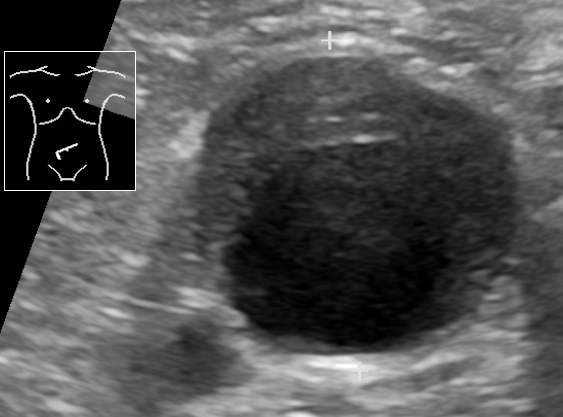Playlist
Show Playlist
Hide Playlist
Abdominal Aortic Aneurysm (AAA – Emergency Medicine)
-
Emergency Medicine Bord AAA.pdf
-
Download Lecture Overview
00:01 Hi. We're gonna be talking about the diagnosis of abdominal aortic aneurysm, and specifically how to diagnose and manage this in the Emergency Department. 00:21 So let's start out here with the case study. 00:23 So this is a 67-year-old male presenting to the Emergency Department with right flank and abdominal pain, which began suddenly about one hour prior to his arrival. 00:33 He has a history of hypertension and elevated cholesterol, and also has an extensive smoking history. 00:39 His initial vital signs concern you, his blood pressure is 90/52, his heart rate is 115, respiratory rate of 14, and his oxygen saturation is 98% in room air. 00:51 His temperature is 37.1, and you're astutely concerned about ruptured AAA. 00:56 You're worried because of his symptoms that he's presenting with, as well as his vital signs. 01:01 So we're gonna talk about what makes you worried about it, and what are also the best initial tests or interventions to obtain for this patient? So what we wanna do for him? Because abdominal aortic aneurysm is a life threatening condition, so we wanna make sure that we're thinking and acting very quickly. 01:16 So what are the risk factors? What makes us think about this more in a patient? So it appears in older people generally, so older than 60 years of age. 01:26 And it's more common in men rather than women. 01:29 Oftentimes there's associated peripheral arterial disease. 01:32 So patients in a situation may have a known history of claudication in their legs, or decrease blood flow to their legs, or possibly even have had some procedures related to that. 01:42 Approximately 18% have a family history of aortic aneurysm indicating that there's potentially some familial relation here. 01:50 Risk also increases with smoking, and interestingly enough, it decreases with the number of years since quitting, so patients who quit potentially can have their risk go down lower.
About the Lecture
The lecture Abdominal Aortic Aneurysm (AAA – Emergency Medicine) by Sharon Bord, MD is from the course Abdominal and Genitourinary Emergencies.
Included Quiz Questions
Which of the following factors does not increase the risk for developing an abdominal aortic aneurysm?
- Being female
- Age older than 60
- Former smoker
- Presence of peripheral arterial disease
- Positive family history of aortic aneurysm
What is the approximate percentage of patients noted to have a positive family history of abdominal aortic aneurysm?
- 20%
- 30%
- 50%
- 70%
- 80%
Customer reviews
5,0 of 5 stars
| 5 Stars |
|
5 |
| 4 Stars |
|
0 |
| 3 Stars |
|
0 |
| 2 Stars |
|
0 |
| 1 Star |
|
0 |





